When I first looked into getting a film Leica, one of the factors that would influence my yes/no decision was whether I could get a 50mm lens that would focus as close (or as near as dammit) as a standard Nikon or Olympus 50 (as I had on my FM2 and OM-1). I wasn’t after a macro – just something that would focus closer than the standard Leica limit of between 0.7 and 1m depending on the lens and/or body combination.
There may have been some weird and wonderful exotics that I missed but the one lens that seemed to meet my close focus brief was the Leica Summicron 50mm Dual Range (DR) that focusses down to 0.47m. The difference between 0.7 and 0.47 might not seem like much but at the close distances we’re talking about, 23cm is a lot.
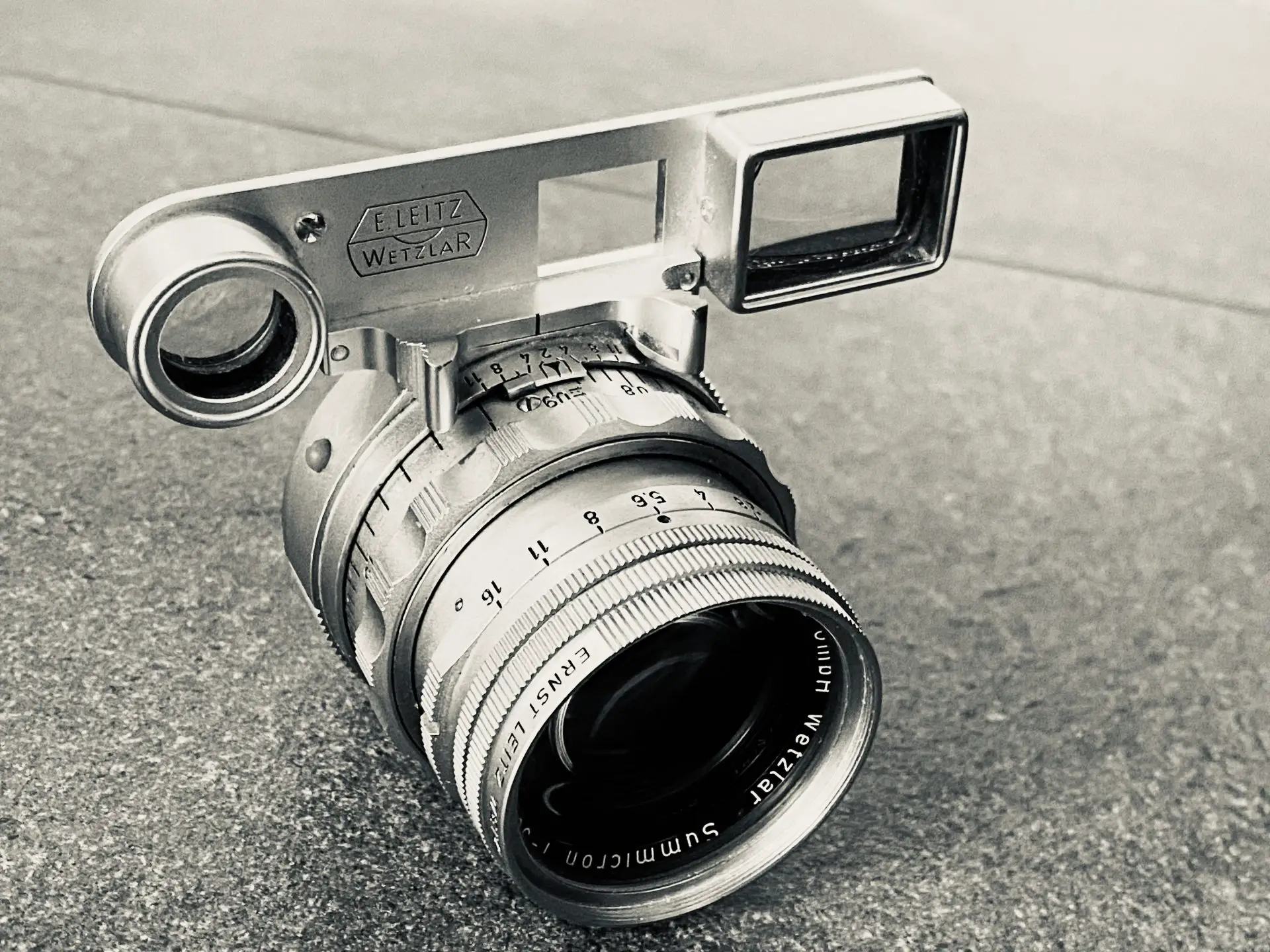
The name ‘Summicron’ defines this lens as being 50mm and f2, and further categorises as as being part of a specific lineage of 50/f2 lenses that Leica has been making since 1953 (v1) and still makes to this day (v6). The DR is (sort of) v2 of the Summicron and was manufactured between 1956 and 1968 but what uniquely sets it apart is that it was originally supplied with a close focus adapter that does two things when the lens is mounted on a Leica M-mount camera:
-
- The mounting of the adapter on the lens mechanically enables the focusing ring on the lens barrel to shift to a second, close focusing scale that runs from 0.88m to 0.47m
- When mounted on the lens, secondary lenses on the adapter sit in front of the viewfinder and rangefinder windows on the camera that changes the viewfinder magnification slightly to mirror the slightly narrower angle of view at close range, as well as correcting for parallax – clever stuff.
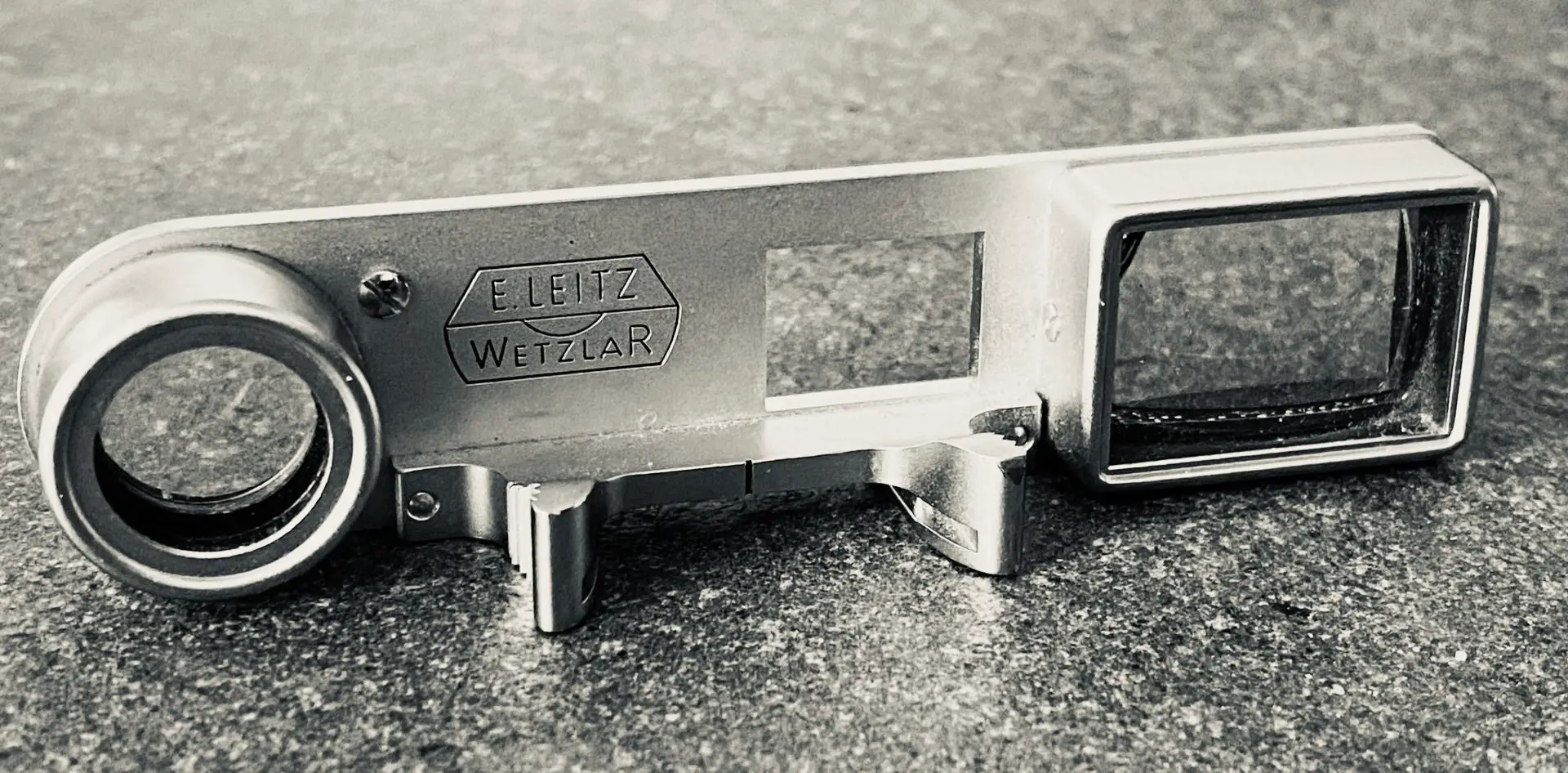
Curiously the lens will not focus between 1m and 0.88m because this part of the focus barrel rotation is taken up with the focus range switching mechanism. Also, it’s worth noting that the lens can be used without the close focus attachment on pretty much any camera for which there’s an M-mount adapter.
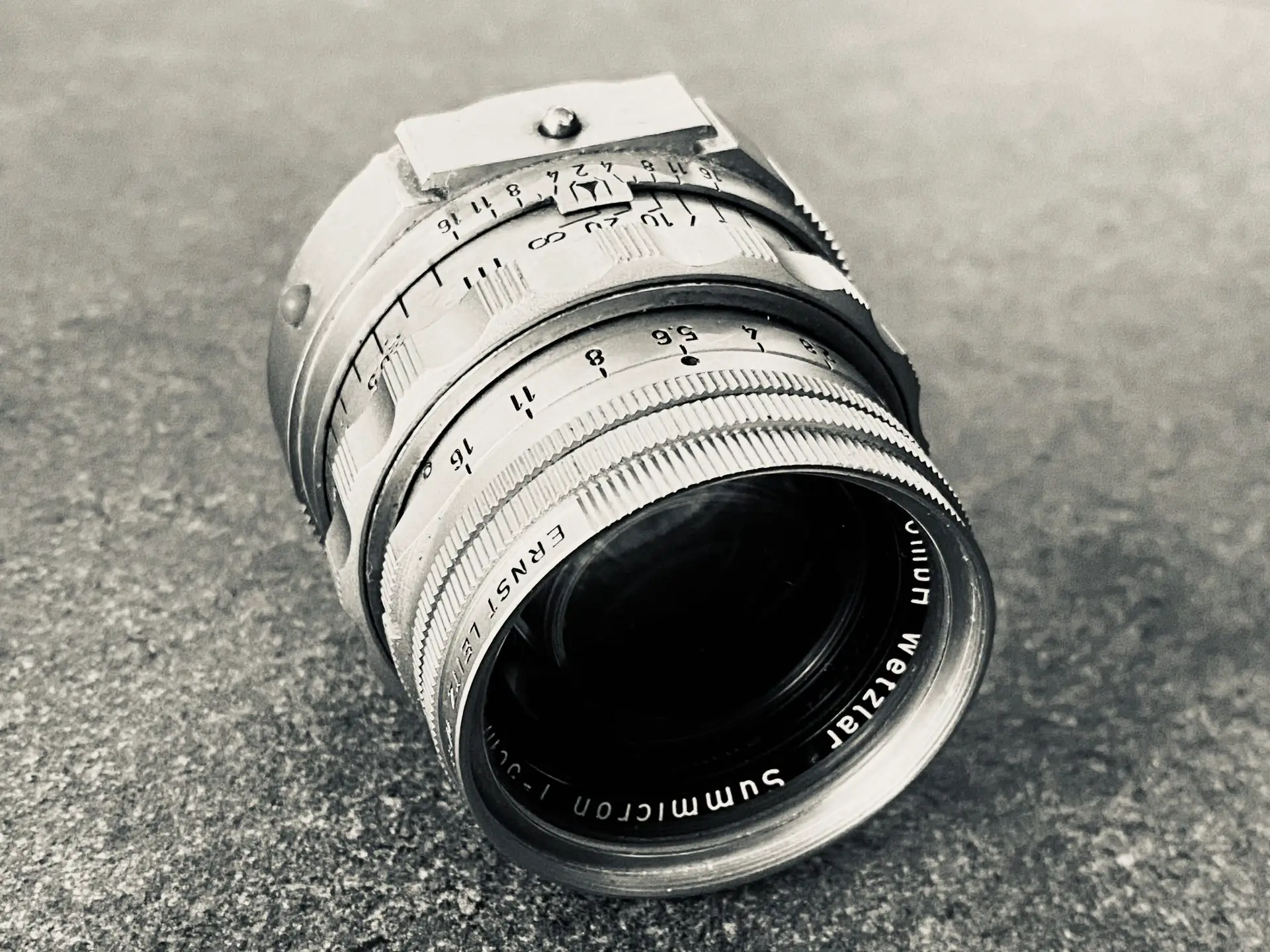
The close focus attachment is commonly referred to as ‘the goggles’ and when I first heard about the 50 DR I was initially sceptical, despite or even because of Leica’s reputation for optics. Sceptical because I thought the goggles were actually used in front of the lens itself to achieve the close focus – much like the cheaply available and optically poor aftermarket close focus ‘filters’ that are available. That might seem like a ridiculous thought now, but I really did think it!
While plenty has been written about the 50 DR, I found very little that mentioned, reviewed or shared images of its close focus capabilities. Remember that at this point I was still in research mode – I didn’t have a Leica body and was still trying to work out if the draw of a Leica rangefinder was for me. In the end, I decided to trust to judgement and what little I had learned and put my faith in the reputation of Leica and it’s optical wares. (This 35MMC article post-dated my decision BTW!) So I bought an M3 and started looking for a 50 DR. Two things here… one, finding a good DR that comes with the goggles is not easy, and two, I now had an M3, no lens, and a potentially long wait until I found the one I wanted. So I bought a stopgap lens – a very decent and inexpensive 1940s Leica Summitar 5cm/f2 (the forerunner of the Summicron range). You can read about my Summitar experience on 35MMC.
I duly found a very clean and recently CLA’d 1965 50 DR with the all-important goggles, and off I went with it attached to my 1957 M3.
With all that I’ve said about my need and desire for close focus capabilities, it took me a while to fully test them out, and nearly two years later, hear I am finally writing about them.
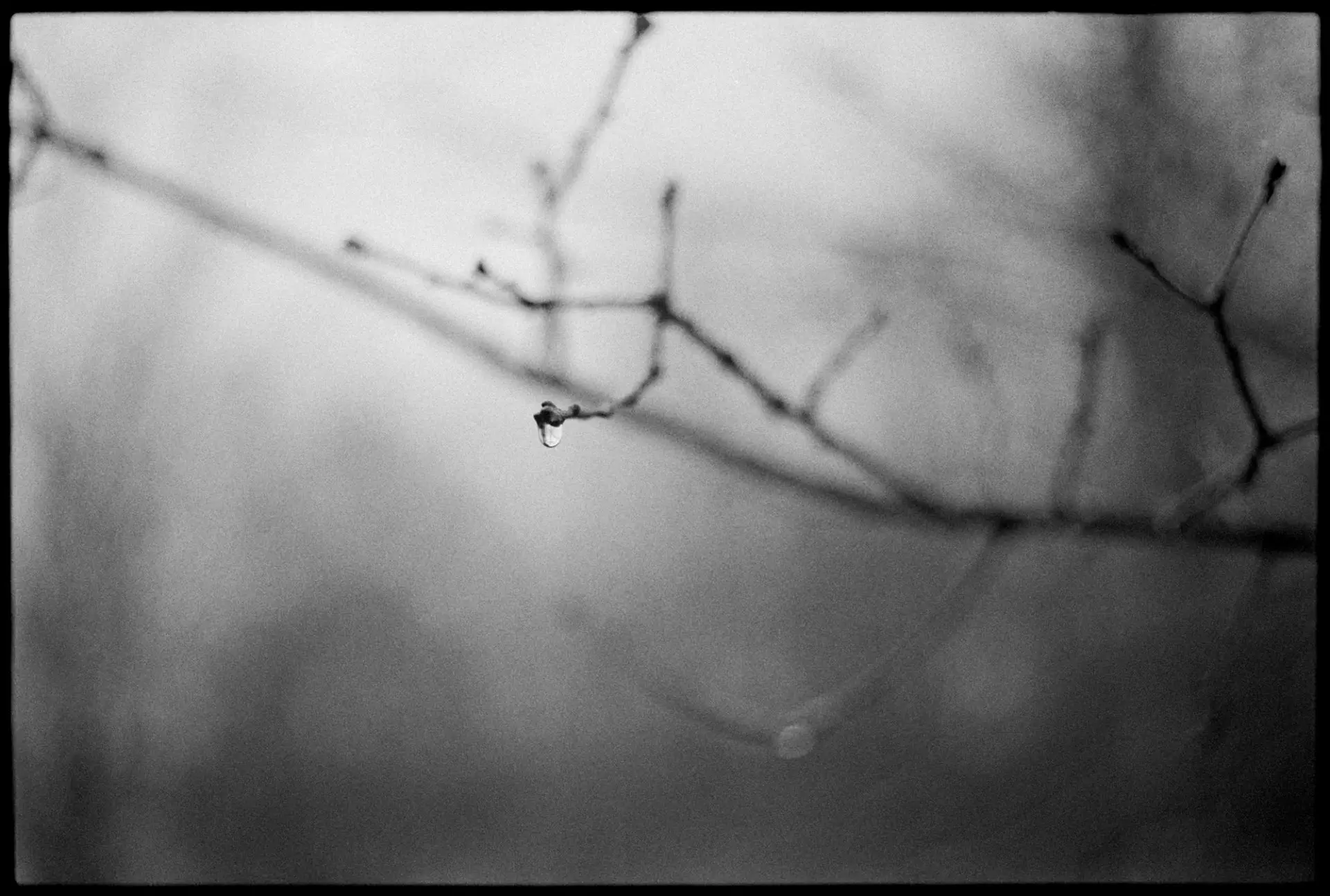
Using the goggles is very straightforward: turn the focus ring to its minimum distance; pull and rotate the ring over the close focus ‘ridge’; slide on the goggles which in turn pushes a recessed ball bearing into the lens housing, which then releases the focus ring to move into close focus mode. Takes less than ten seconds.

In this goggled state, the lens will now focus from 0.88m to 0.47m. And coupled to the M3, a film rangefinder body with an extraordinarily bright viewfinder, the close focus experience is sublime. And while the lens and goggles are very small, very solid and reassuringly heavy, and the close focus capabilities are a technical marvel, there’s not a lot else to say about how it behaves in close focus mode. This article makes a a big deal to it because it’s a big deal in the Leica rangefinder world but it isn’t anywhere else of course. Ho hum.
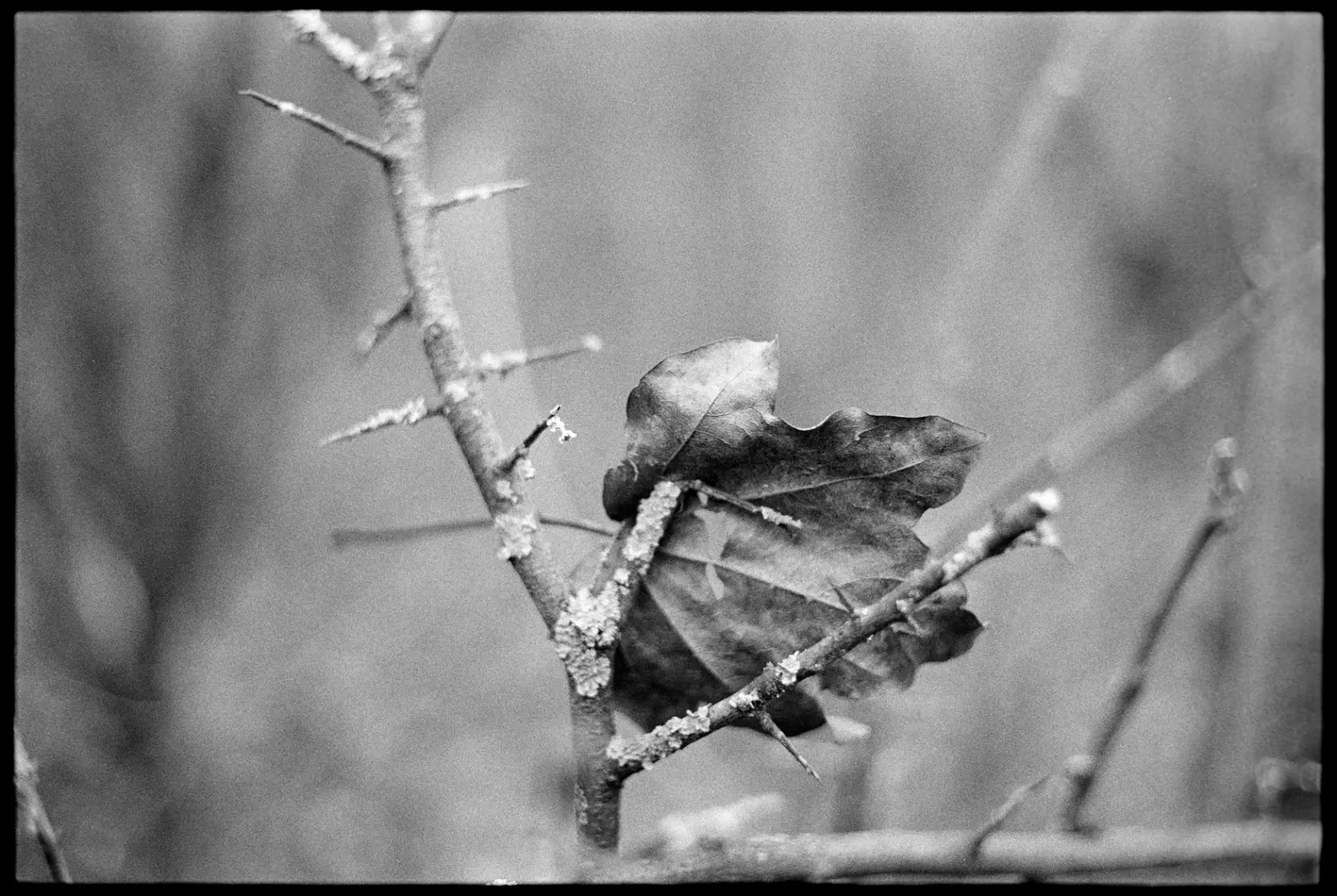
And these are my results. All taken at pretty much 0.47m and at f2 – to show off the lens at it most extreme. It’s as sharp as it needs to be when used with film, even wide open, and out of focus areas are, to my eye, delicate, smooth and restrained.
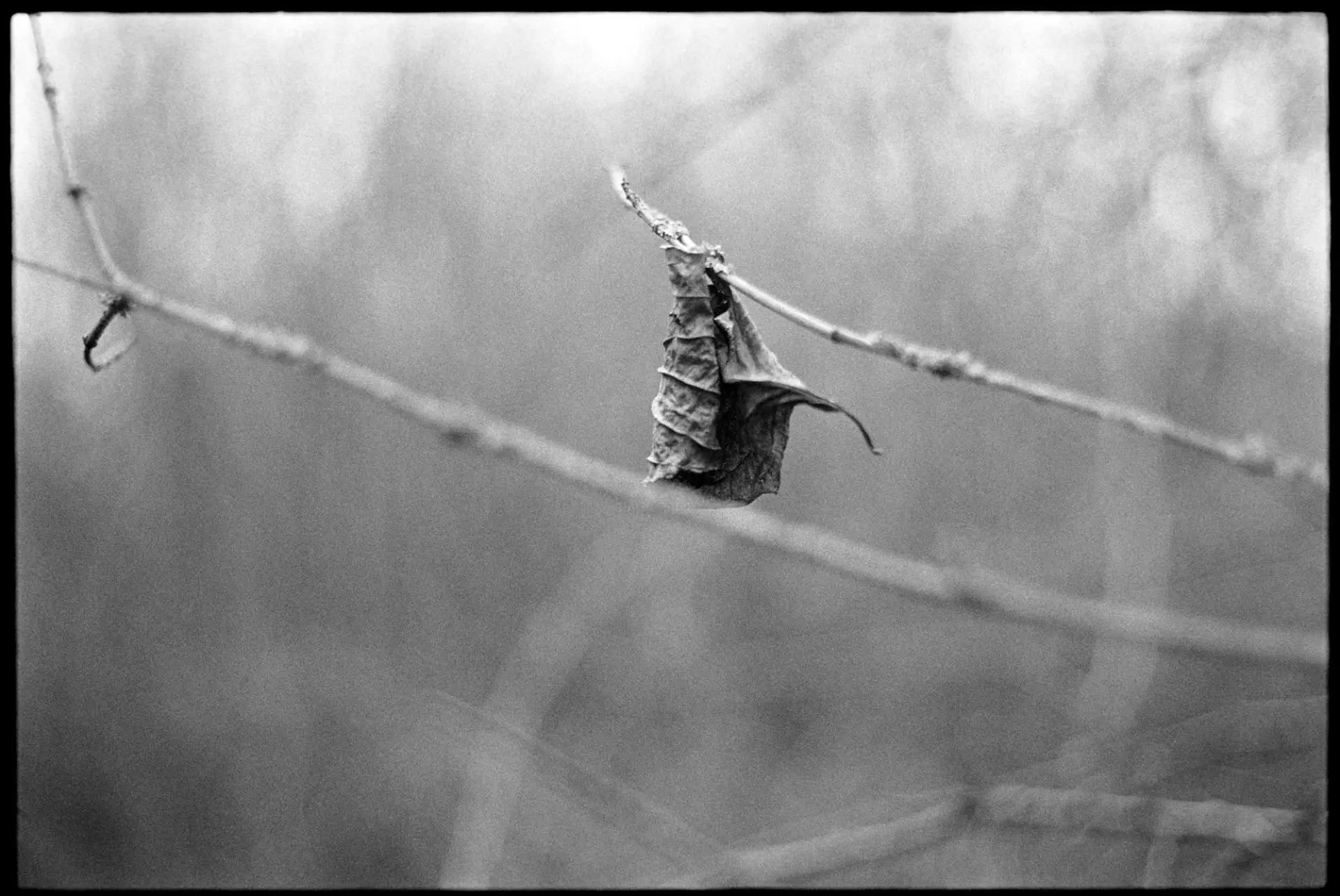
It goes without saying really, and it’s well documented elsewhere, that the 50 DR is a remarkable lens when used without the goggles – as a standard 50.
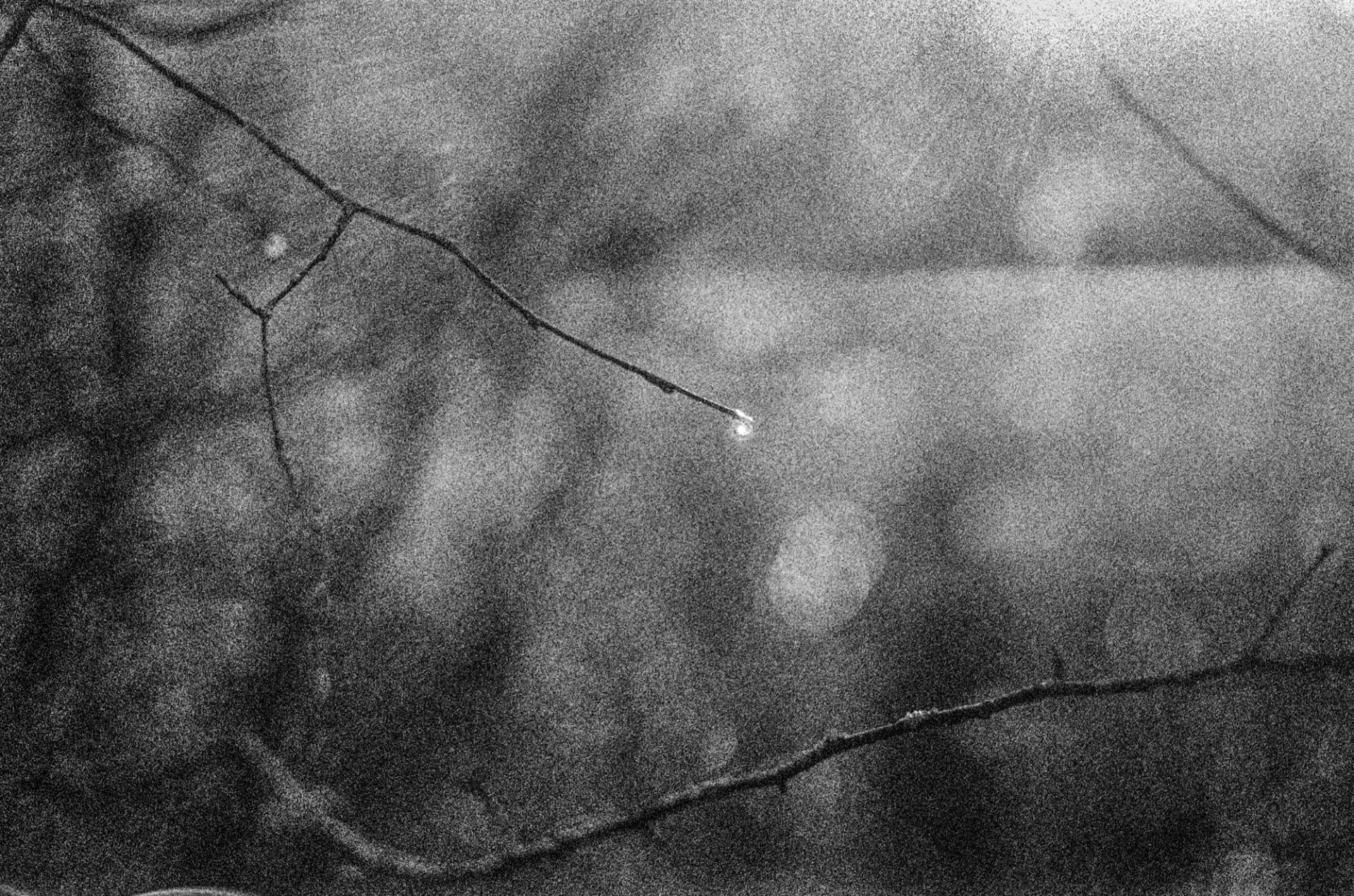
You can find me on Instagram
Share this post:
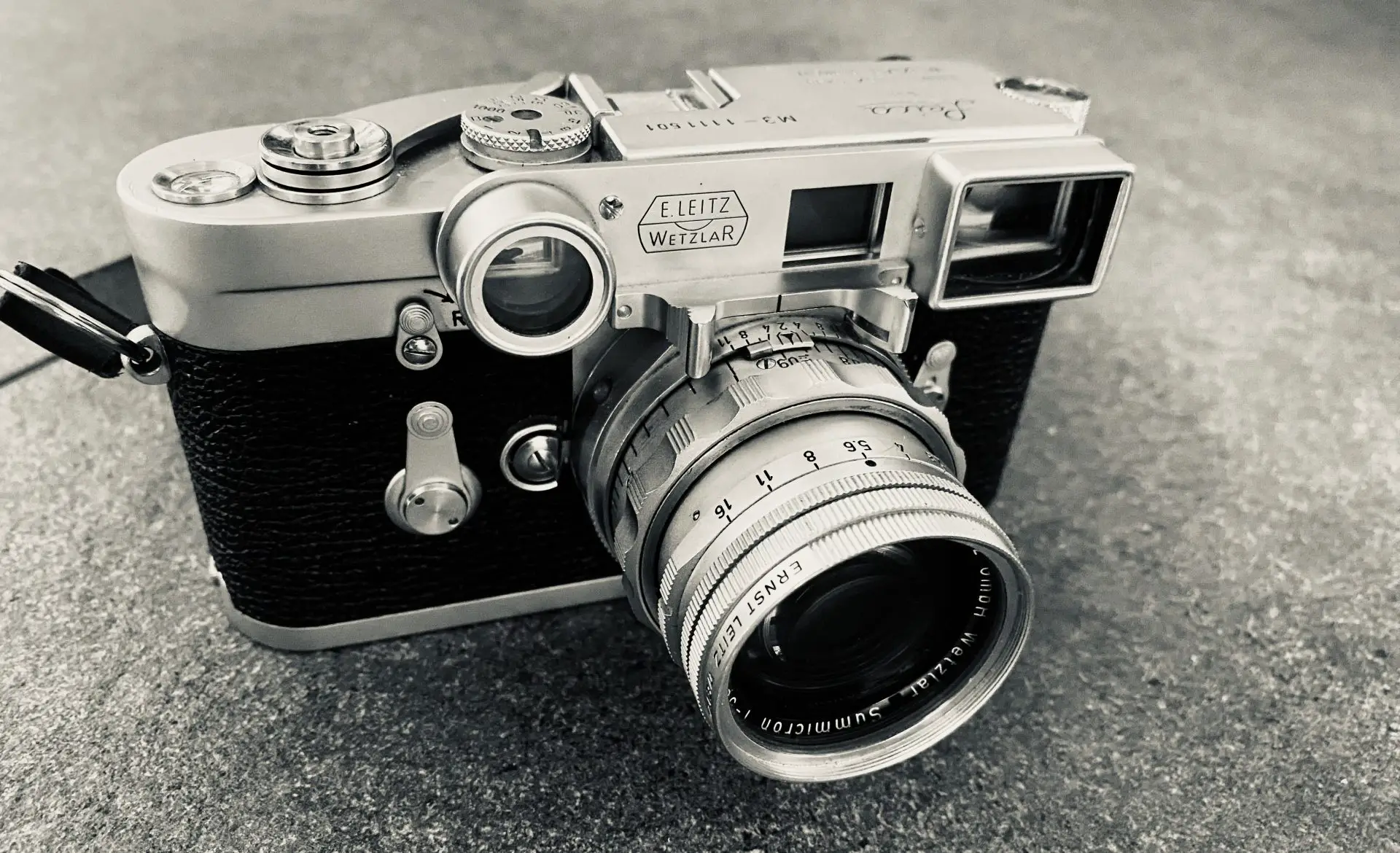

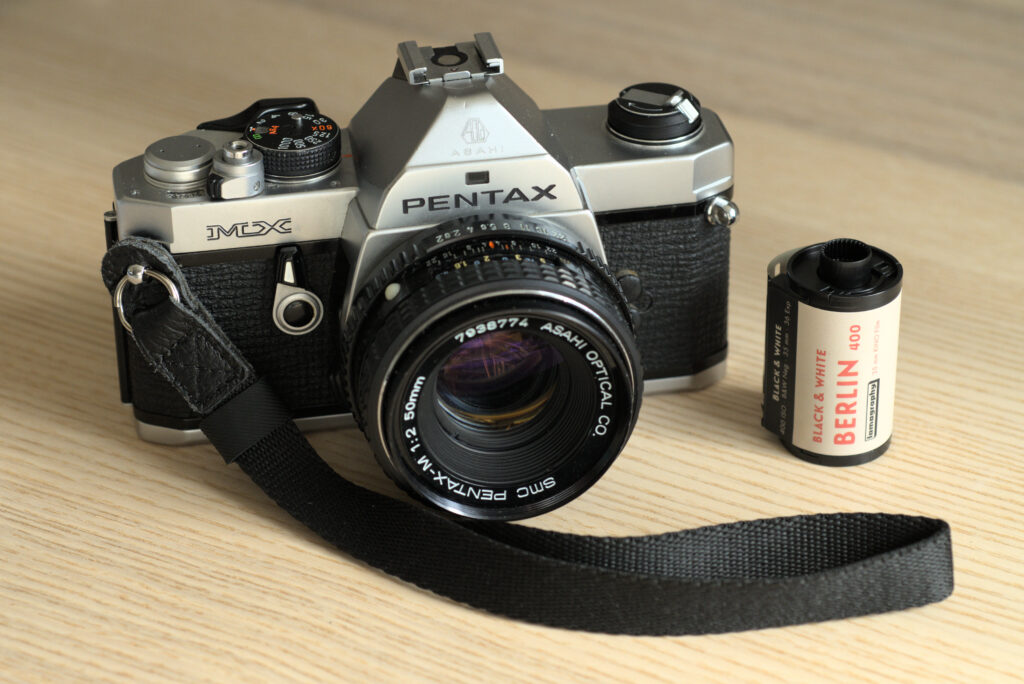
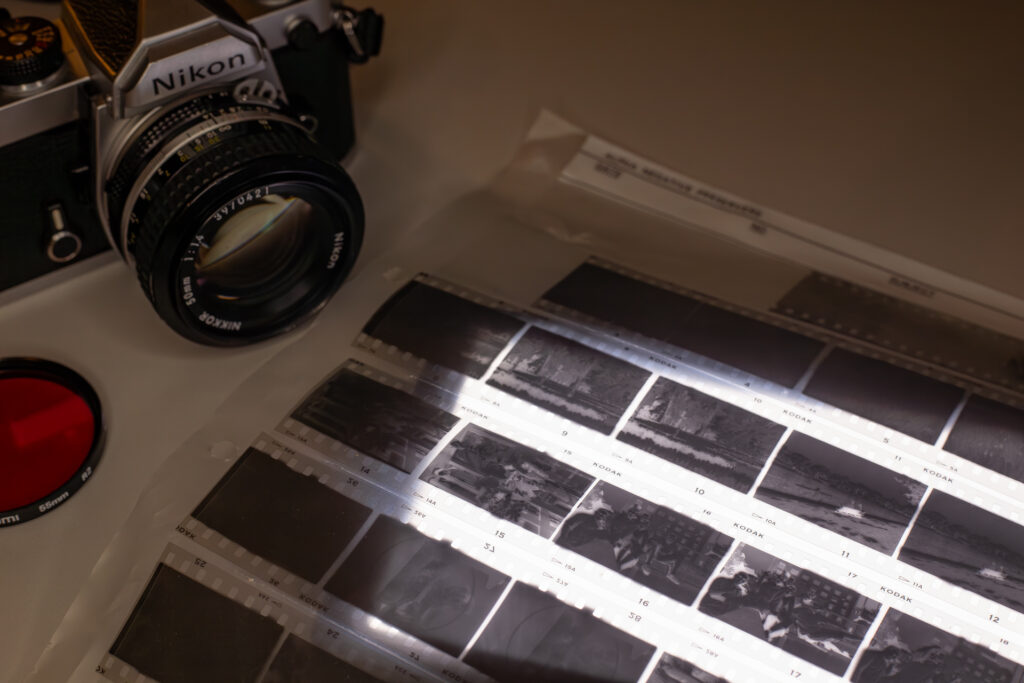
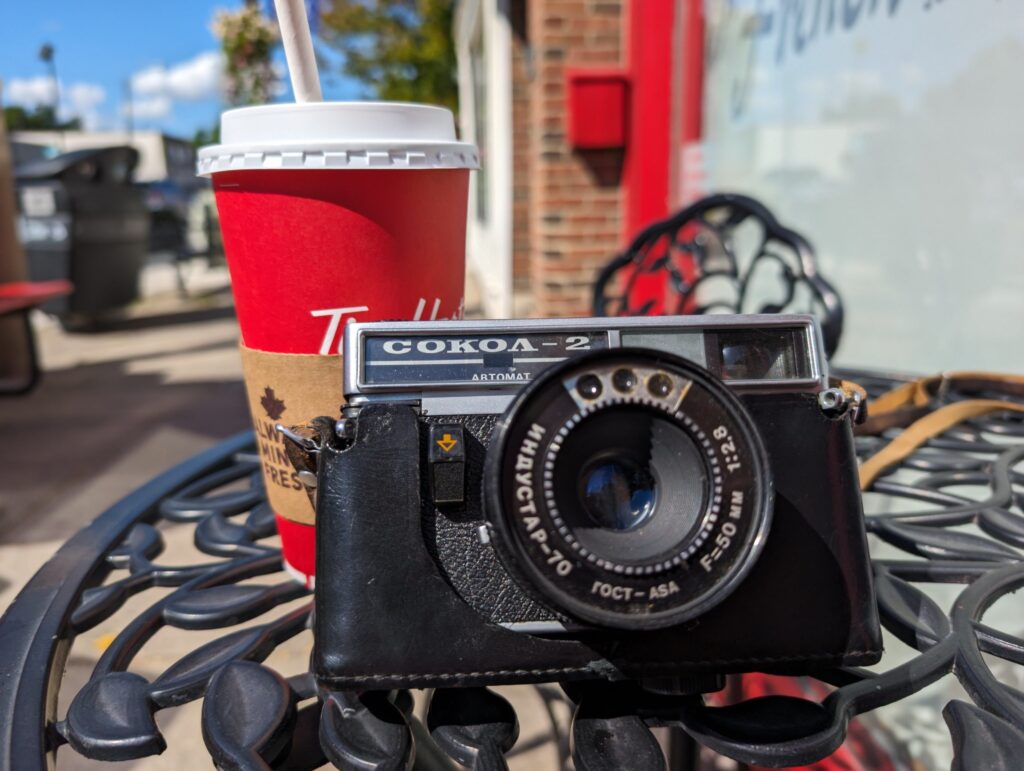




Comments
Erik Brammer on 5 Frames with the Leica Summicron 50 Dual Range at closest focus
Comment posted: 12/10/2023
I had purchased the Summicron 50 DR with my Leica M3, but it came without the close focusing aid (CFA), aka goggles. Some even refer to the latter as googles, but let's not go there.
Finding it standalone on the market is indeed a challenge as there can be incompatibilities between versions of the lens and versions of the CFA. I forgot what exactly it was, but it has to do with lenses having m and ft focusing marks vs m only and the CFA having different sizes of engagement balls.
For instance, my Summicron 50 DR has m and ft marks. And the CFA that I purchased, and which fits, has the scripted Leica logo rather than the non-serif Leica engravings and the trapzoid surroundings as yours has it. Also, it looks like your lens only has the m focusing marks, no ft.
More to be found in this article that I found very useful at the time:
https://www.cameraquest.com/m50dr.htm
Best regards,
Erik
Comment posted: 12/10/2023
Hank on 5 Frames with the Leica Summicron 50 Dual Range at closest focus
Comment posted: 12/10/2023
Ralph Gibson produced a nice series using this dual-range Summicron at minimum focus distance, with the prints enlarged to life-size.
Paul Quellin on 5 Frames with the Leica Summicron 50 Dual Range at closest focus
Comment posted: 12/10/2023
Comment posted: 12/10/2023
Peter Roberts on 5 Frames with the Leica Summicron 50 Dual Range at closest focus
Comment posted: 12/10/2023
I don't profess to know much about Leicas, still less about their various bits and bobs. I am, however, in awe at these resultant images. They have such an iconic period feel to them. Just the sort of thing in fact that I could imagine being in a contempory handout illustrating the use of this 'goggle lens'.
So daring of you to use Rodinal for TMax P3200, but goodness haven't you make it sing for you here.
Thanks so much for posting.
Comment posted: 12/10/2023
Daniel Castelli on 5 Frames with the Leica Summicron 50 Dual Range at closest focus
Comment posted: 14/10/2023
One of my bigger goofs was selling off my DR Summicron w/goggles about 10 years ago. I can’t even remember the reason why. Duh.
I couldn’t afford to replace it today. But every photographer has a similar tale.
You use the lens like an artist uses brushes. Very nice work.
Comment posted: 14/10/2023
Comment posted: 14/10/2023
Kodachromeguy on 5 Frames with the Leica Summicron 50 Dual Range at closest focus
Comment posted: 14/10/2023